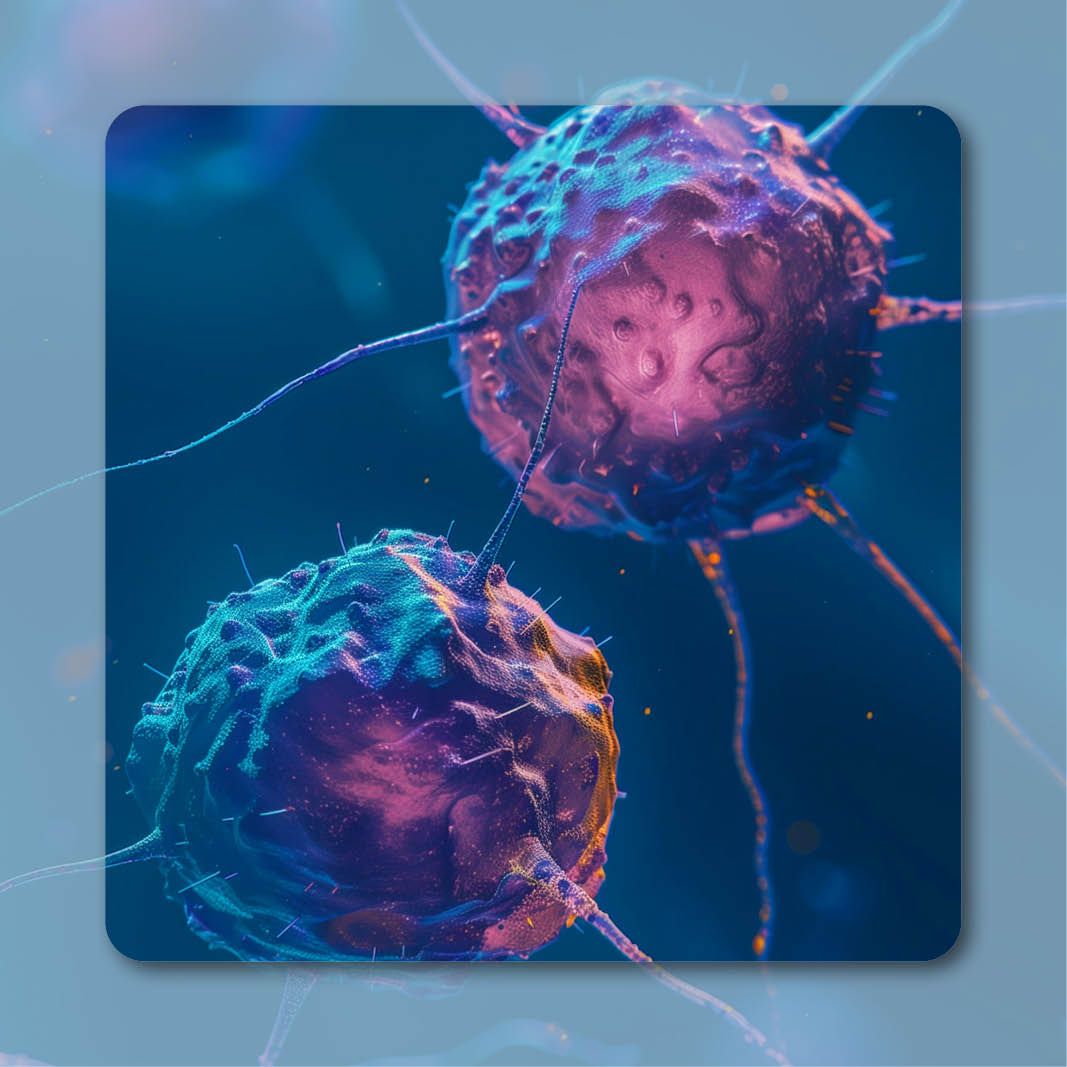Commentary
Video
Dr Hu on Choosing Between Bispecific Antibodies vs CAR T-Cell Therapy in DLBCL
Author(s):
Marie Hu, MD, discusses her decision-making process when considering bispecific antibodies vs CAR T-cell therapy in patients with DLBCL.
Marie Hu, MD, assistant professor, medicine, Division of Hematology, Oncology and Transplantation, the University of Minnesota Medical School, discusses her decision-making process when considering the use of bispecific antibodies vs CAR T-cell therapy in patients with diffuse large B-cell lymphoma (DLBCL).
FDA indications typically determine how certain therapies can be used in clinical practice, Hu says. Currently, bispecific antibodies are only FDA approved in the third-line setting for patients with DLBCL. However, CAR T-cell therapies are approved for use in the second-line setting for patients with high-risk DLBCL that is primary refractory or has relapsed within 12 months of their initial therapy, Hu notes. Since axicabtagene ciloleucel (Yescarta) and lisocabtagene maraleucel (Breyanzi) are both FDA approved for that indication, many patients with DLBCL have been referred to receive these agents in the second line, Hu explains. Patients with DLBCL who have received 1 prior line of therapy are only eligible for CAR T-cell therapy in the second line; therefore, many of these patients will receive CAR T-cell therapy rather than bispecific antibodies after progressing on a first-line regimen, according to Hu.
Patients with prior exposure to 2 lines of therapy may be eligible for CAR T-cell therapy or bispecific antibodies, Hu says. Treatment selection for this patient population often depends on whether patients are fit to undergo the intensive 30-day monitoring period that is required following CAR T-cell infusion, Hu adds. During this monitoring period, patients must often relocate to be within close proximity of their CAR T-cell center, and they are required to have access to a caregiver for 24 hours a day. These stipulations mean that CAR T-cell therapy may not be feasible for every patient, Hu notes. If patients cannot undergo the CAR T-cell therapy monitoring period, they will often be offered a bispecific antibody instead, Hu explains.
The choice of drug class in the second-line setting also depends on whether patients can wait for the manufacturing of their CAR T cells or whether they need immediate treatment, according to Hu. Patients who need to be treated as soon as possible may benefit more from an off-the-shelf bispecific antibody than a CAR T-cell therapy, since treatment with bispecific antibodies can commence within approximately 2 weeks, Hu concludes.




















